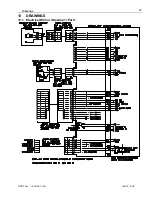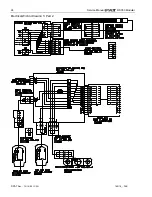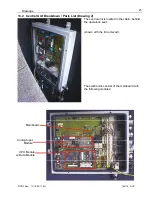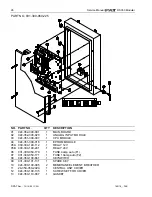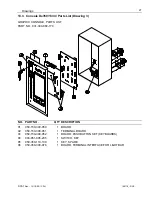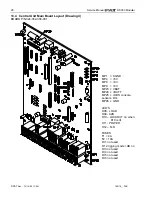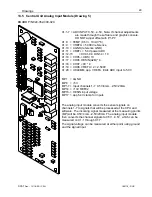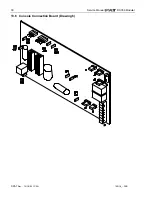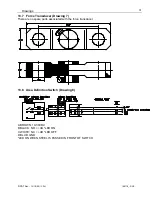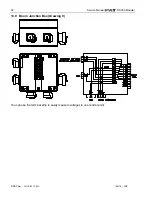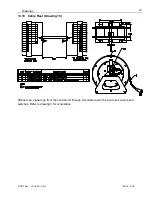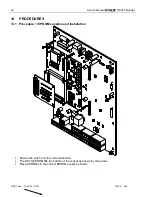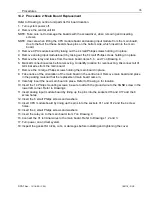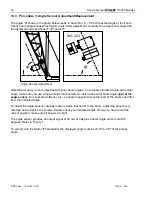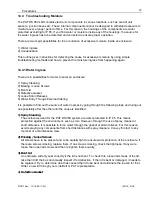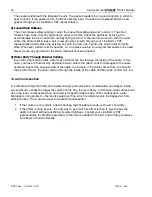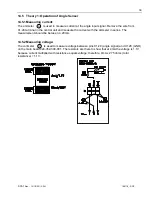
Procedures
© PAT
Rev. - 12/18/00 // CSH.
190118_-.DOC
37
14.4 Troubleshooting
Moisture
The PAT DS 350 LMI contains electronic components in various locations, such as central unit,
sensors, junction boxes etc. These internal components cannot be designed to withstand exposure to
moisture over a longer period of time. For this reason, the housings of the components are water
protected according to IP 65. If you find water or moisture inside any of the housings, the source for
the water ingress has to be detected and corrected to ensure proper operation.
There are two major possibilities for the occurrence of excessive moisture inside an enclosure:
1) Water ingress
2) Condensation
This outline gives instructions for detecting the cause for excessive moisture by using simple
troubleshooting methods and how to prevent the moisture ingress from happening again.
14.4.1 Water Ingress
There are 6 possibilities for water to enter an enclosure:
1) Spray Cleaning
2) Missing / Loose Screws
3) Bent Lid
4) Defective Gasket
5) Loose Strain Relieves
6) Water Entry Through External Cabling
It is possible to find out the source of water ingress by going through the following steps and ruling out
one possibility after the other until the cause is identified:
1) Spray Cleaning
The enclosures used for the PAT DS 350 system are water protected to IP 65. This means
protection against the environment, such as rain. However, through the use of spray cleaner at
short distances, it is possible to force water through the gasket or strain relieves. For this reason,
avoid spraying any components from short distances with spray cleaners. Convey this fact to any
member of a maintenance crew.
2) Missing / Loose Screws
All screws have to be present and to be equally tight to ensure water protection of the enclosure. If
there are screws missing, replace them. If no screw is missing, check the tightness. If any were
loose, then open all screws and then re-tighten them equally.
3) Bent Lid
An enclosure will only seal correctly if the lid is not bent. To check this, loosen all screws of the lid,
take the lid off the box and visually inspect it for deflection. If the lid is bent or damaged, it needs to
be replaced. Try to determine what has caused the lid to be bent and eliminate the reason for that.
Order a new lid through your Link-Belt or PAT representative.
4) Defective Gasket

